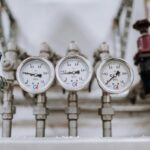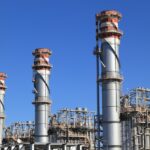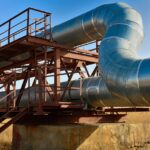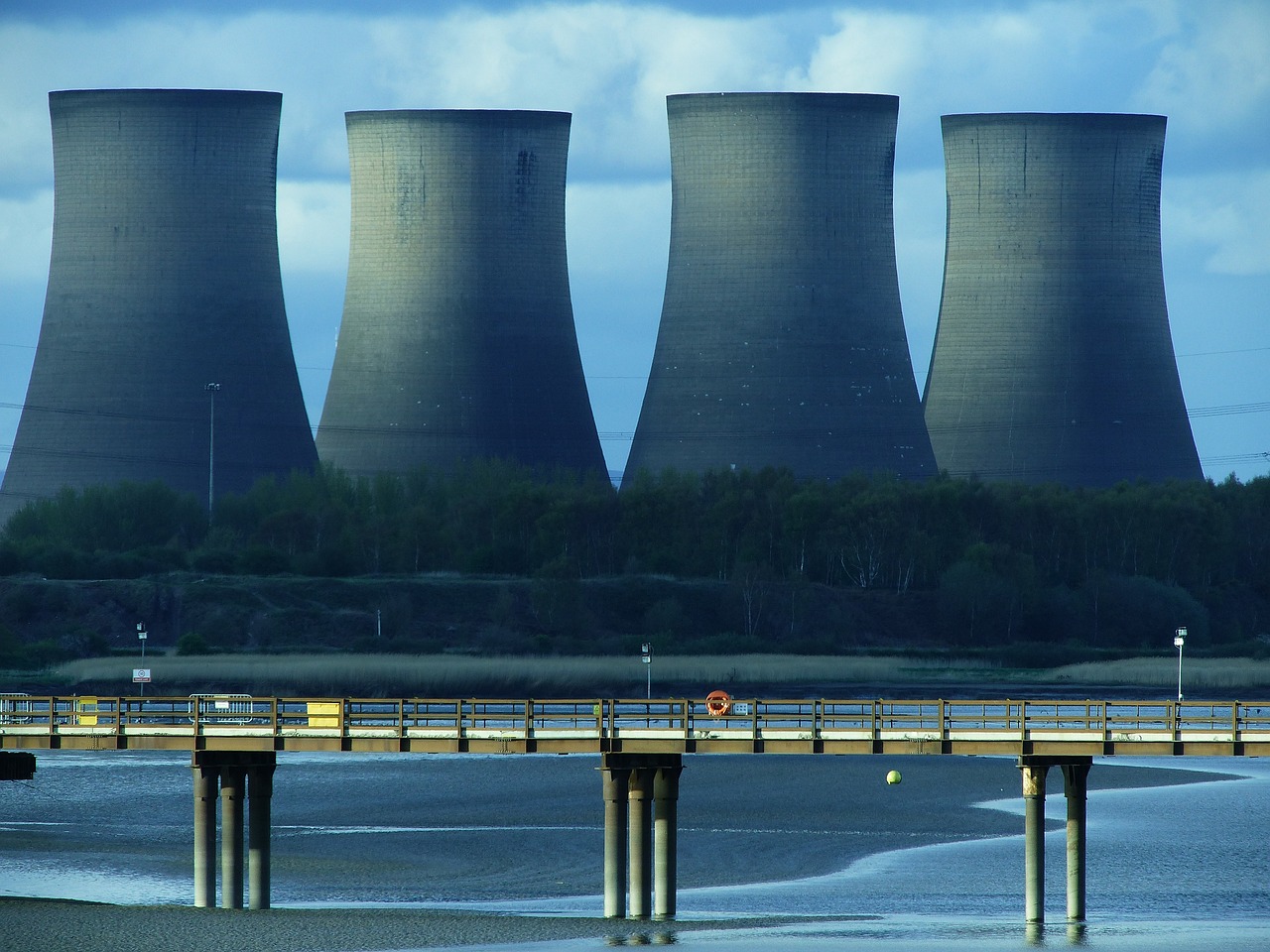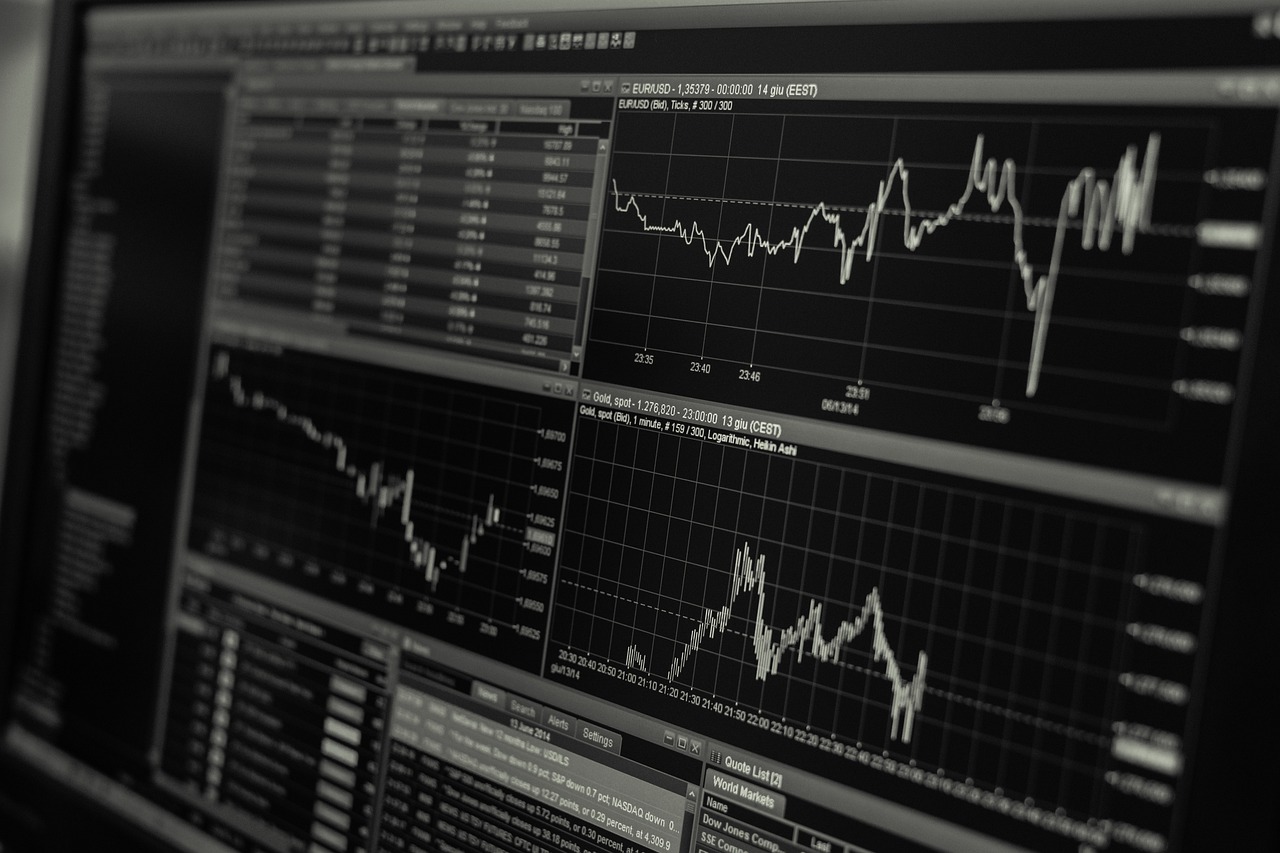Introduction
In the realm of chemical engineering, the dance of molecules and the art of energy exchange become a symphony of innovation and progress. At the heart of this intricate science lies the captivating field of heat transfer – the process by which thermal energy is exchanged between substances. For aspiring chemical engineers, a firm grasp of heat transfer concepts is not just a badge of expertise, but a passport to creating efficient, safe, and sustainable processes. In this article, we delve into a collection of essential interview questions that illuminate the fascinating world of heat transfer, guiding prospective candidates on a journey to mastering this crucial aspect of chemical engineering.
Explain the Three Modes of Heat Transfer:
- Can you describe the three main modes of heat transfer? How do they differ from each other?
- Provide an example of a real-world scenario where each mode of heat transfer plays a significant role.
Conduction, Convection, and Radiation:
- What is conduction, and how does it occur? Provide an example.
- Explain the concept of convection. How is natural convection different from forced convection?
- Describe radiation heat transfer. How does it work without the need for a medium?
Heat Exchangers:
- What is a heat exchanger, and how is it used in chemical engineering processes?
- Can you explain the difference between parallel flow and counterflow heat exchangers? When would you use each type?
Overall Heat Transfer Coefficient (U):
- Define the overall heat transfer coefficient (U). How is it calculated for a heat exchanger?
- What factors influence the value of U in a heat exchanger design?
Heat Transfer Equations:
- Discuss Fourier’s Law of Heat Conduction and its equation.
- How would you calculate the heat transfer rate through a material using Fourier’s Law?
Convective Heat Transfer:
- Explain the Nusselt number and its significance in convective heat transfer.
- How do you determine the convective heat transfer coefficient (h) in a given system?
Heat Transfer Equipment:
- Describe the operation of a double-pipe heat exchanger. What are its advantages and limitations?
- What is a shell-and-tube heat exchanger? How is it different from other types of heat exchangers?
Heat Transfer Enhancement:
- How can heat transfer be enhanced in a heat exchanger or other systems?
- What are some techniques or methods used to improve heat transfer rates?
Heat Transfer in Reactors:
- How does heat transfer play a crucial role in chemical reactors? Give an example of a reactor design where heat transfer considerations are vital.
Applications and Challenges:
- Can you provide an example of a chemical engineering process where efficient heat transfer is critical for success?
- Discuss a situation where inadequate heat transfer might lead to operational challenges or safety concerns.
Conclusion
Heat transfer, a cornerstone of chemical engineering, encapsulates the essence of energy transformation and optimization. Aspiring chemical engineers must embrace the intricacies of conduction, convection, and radiation, while also mastering the art of heat exchangers, convective heat transfer, and reactor design. Armed with a deep understanding of these concepts, candidates can confidently navigate interviews, leveraging their knowledge to address real-world challenges and drive innovation. By embracing these essential interview questions, prospective chemical engineers embark on a transformative journey, poised to excel in the dynamic and captivating realm of heat transfer.


